Most drivers overlook the small details on their tires, especially the complex series of letters and numbers etched into the rubber. However, these seemingly insignificant markings often carry crucial information about tire safety, performance, and compatibility with your vehicle. Misinterpreting or ignoring them can lead to poor handling, premature wear, and even accidents. Understanding these codes can save you from expensive repairs and dangerous situations on the road. Here are 11 tire markings that could quietly be costing you more than you realize.
DOT Code
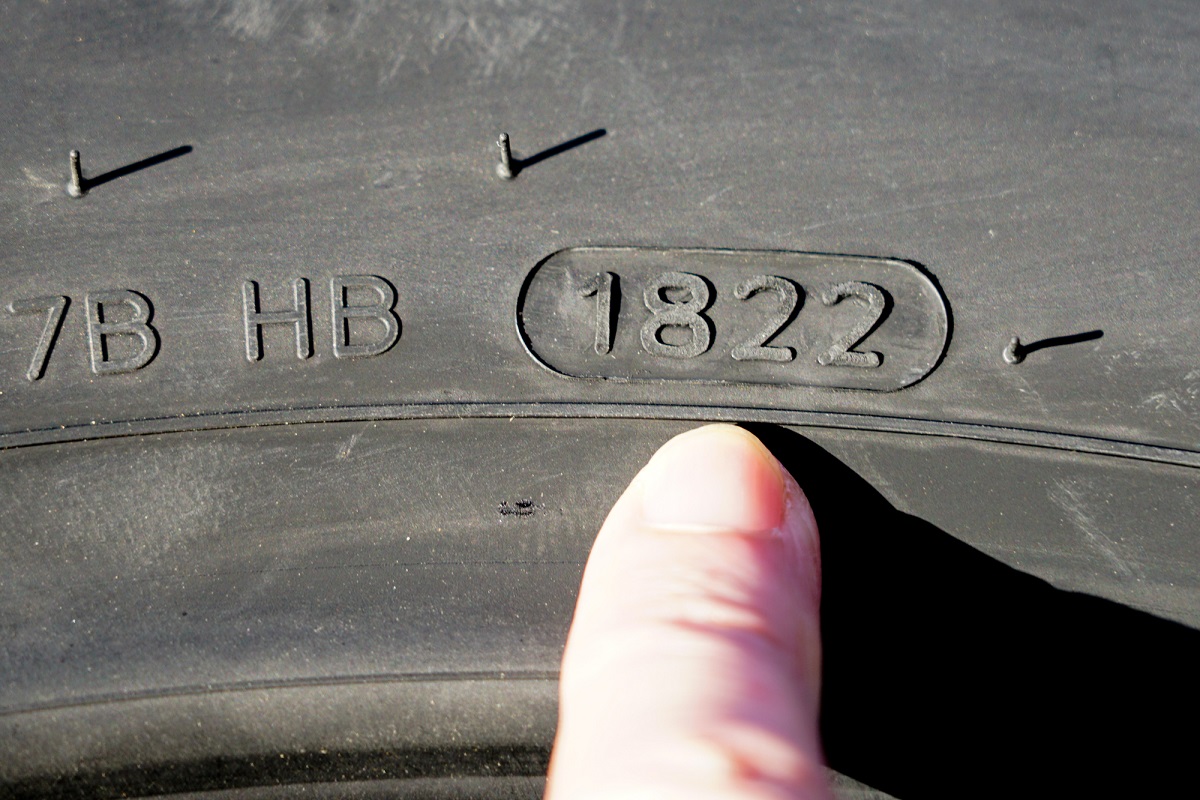
The DOT code reveals the tire’s manufacturer, plant location, and the exact week and year it was produced. An old DOT code may mean your tires are past their safe lifespan, even if they look fine externally. Failing to recognize aging tires from their DOT code can result in unexpected blowouts and expensive repairs.
Load Index
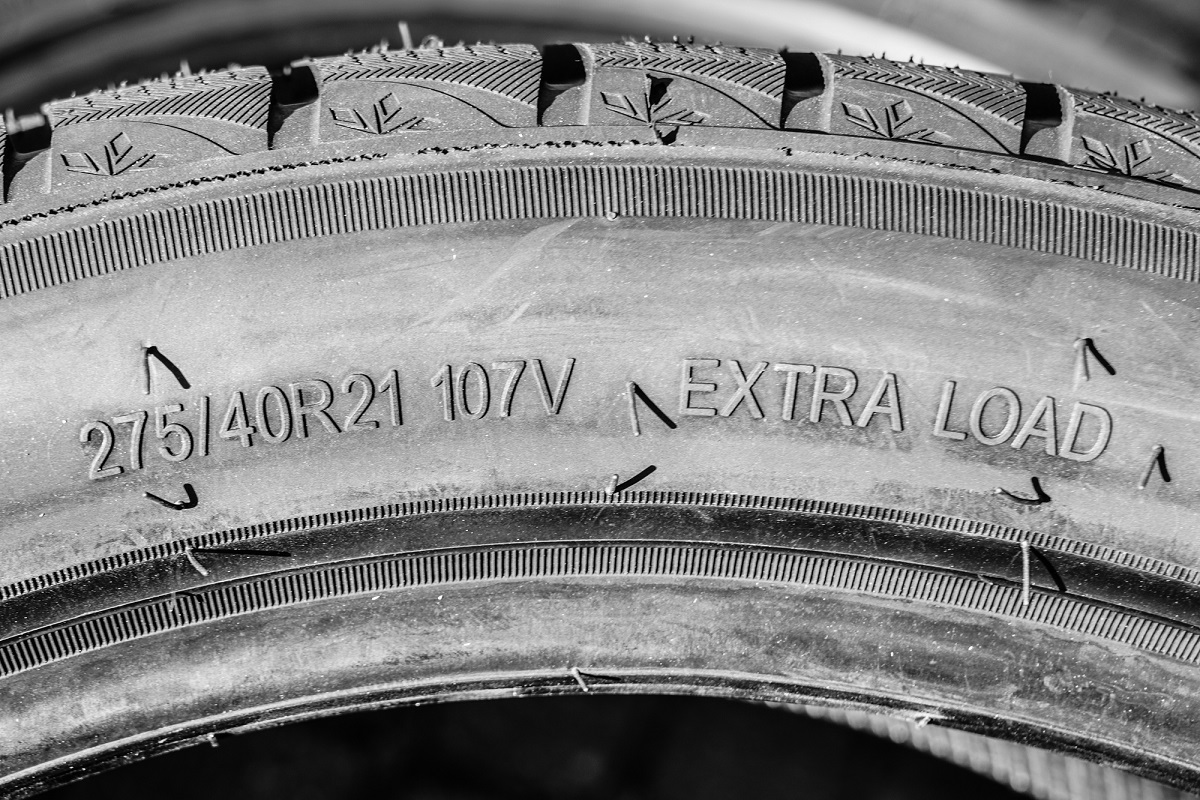
This number tells you the maximum load each tire can safely carry under ideal conditions. Using a tire with too low of a load index for your vehicle’s weight can cause strain on the suspension and lead to structural damage. If unnoticed, this mistake can turn into costly suspension repairs or even catastrophic failure while driving.
Speed Rating
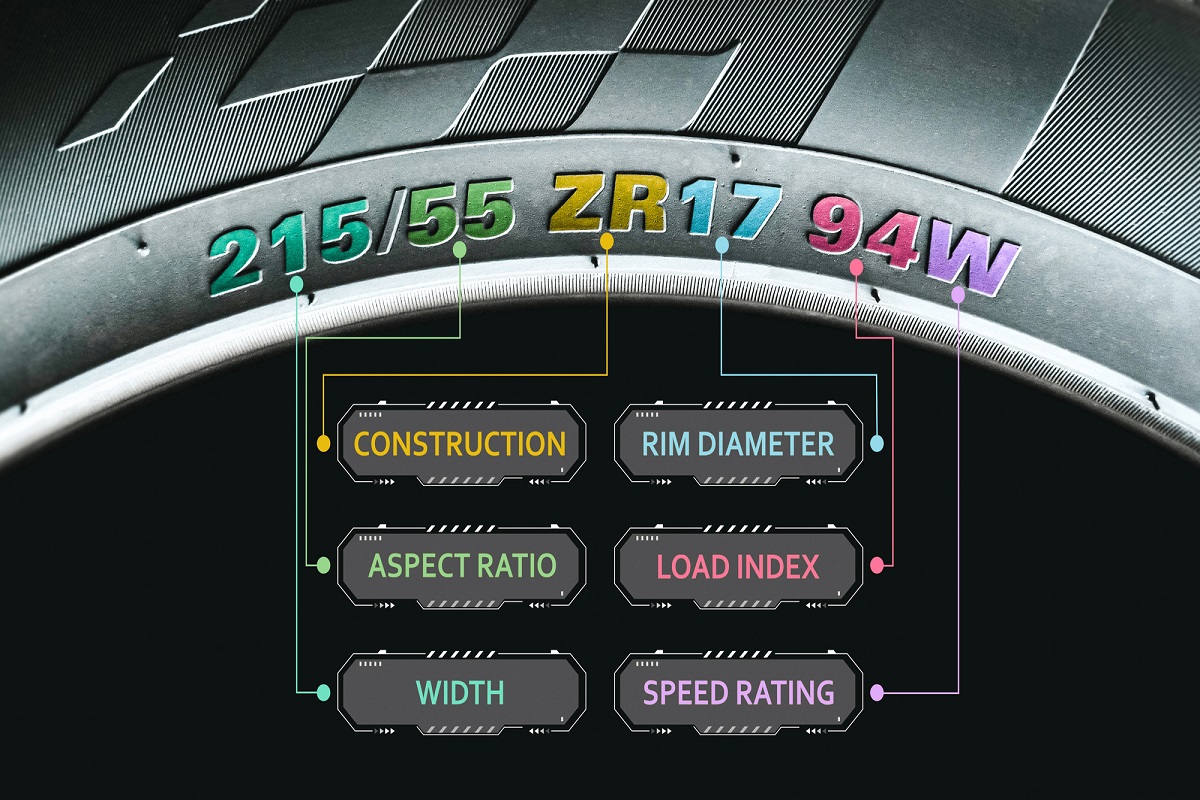
The speed rating indicates the top speed at which the tire can safely perform. Installing tires with a lower speed rating than recommended may compromise your handling and performance, especially at highway speeds. This oversight can wear out your tires prematurely and put you at risk during emergency maneuvers
Treadwear Grade
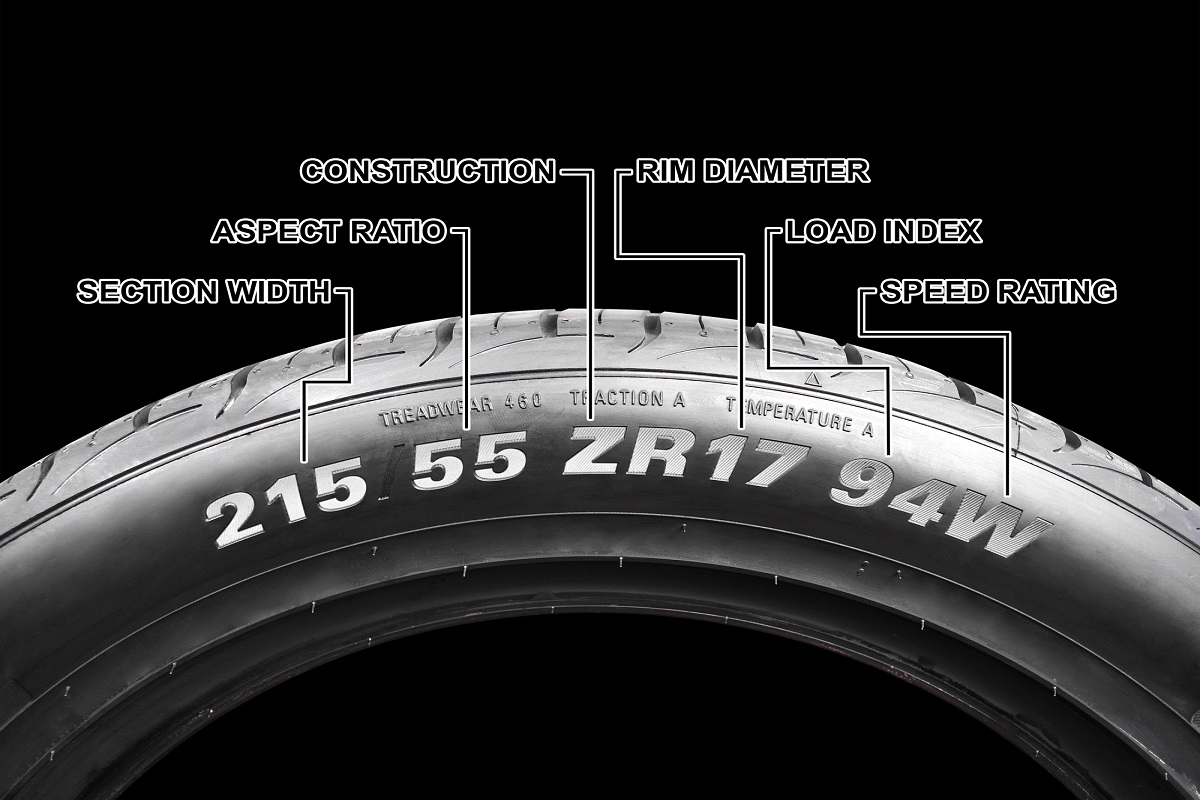
The treadwear grade is part of the Uniform Tire Quality Grading system and helps estimate how long a tire will last. Tires with low treadwear numbers may offer better grip but wear out quicker, requiring earlier replacement. Not understanding this tradeoff can lead to frequent tire changes and mounting costs over time.
Related: 15 Cruise Control Mistakes That Put You at Risk on the Highway
Ply Composition
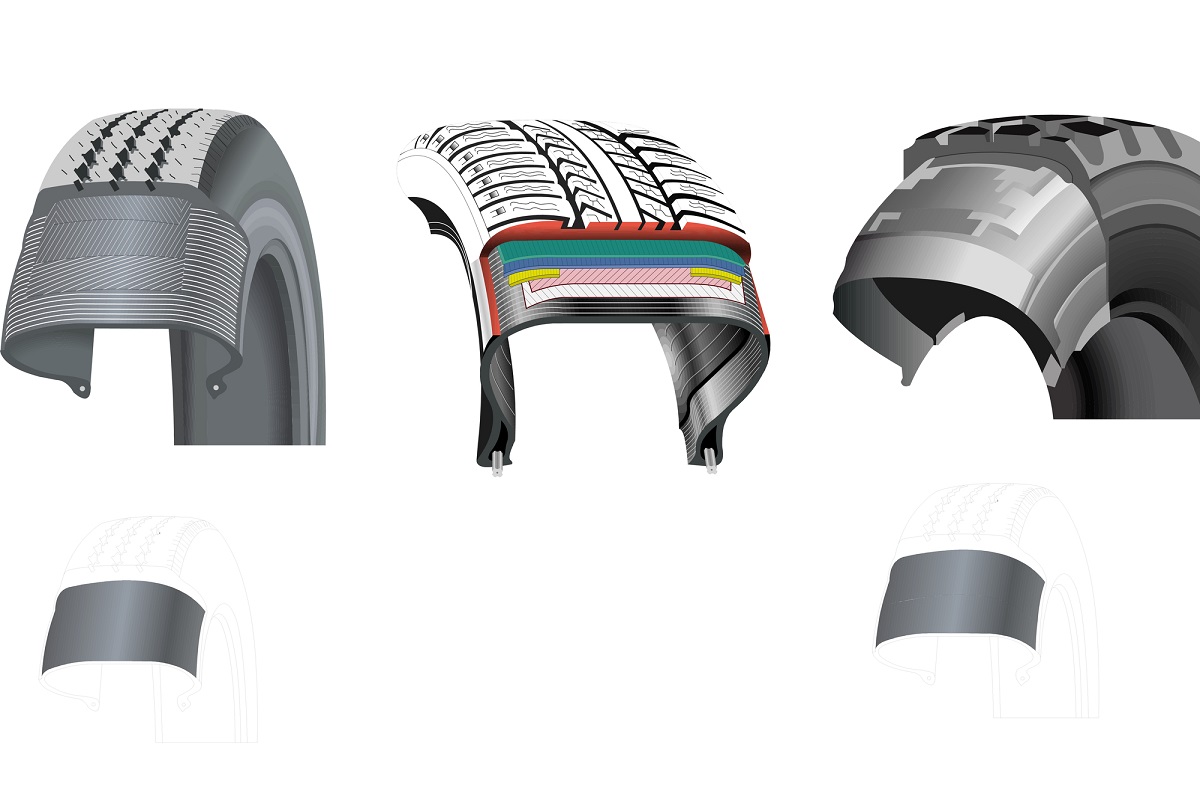
This indicates how many layers are used in the tire’s construction and of what material they are made. More plies often mean better durability and strength, especially for heavy-duty vehicles. Overlooking this marking could mean choosing a tire that’s not strong enough for your driving habits, leading to increased wear and unexpected failure.
Related: 13 Hidden Dangers on the Road That Most Drivers Ignore
Temperature Rating
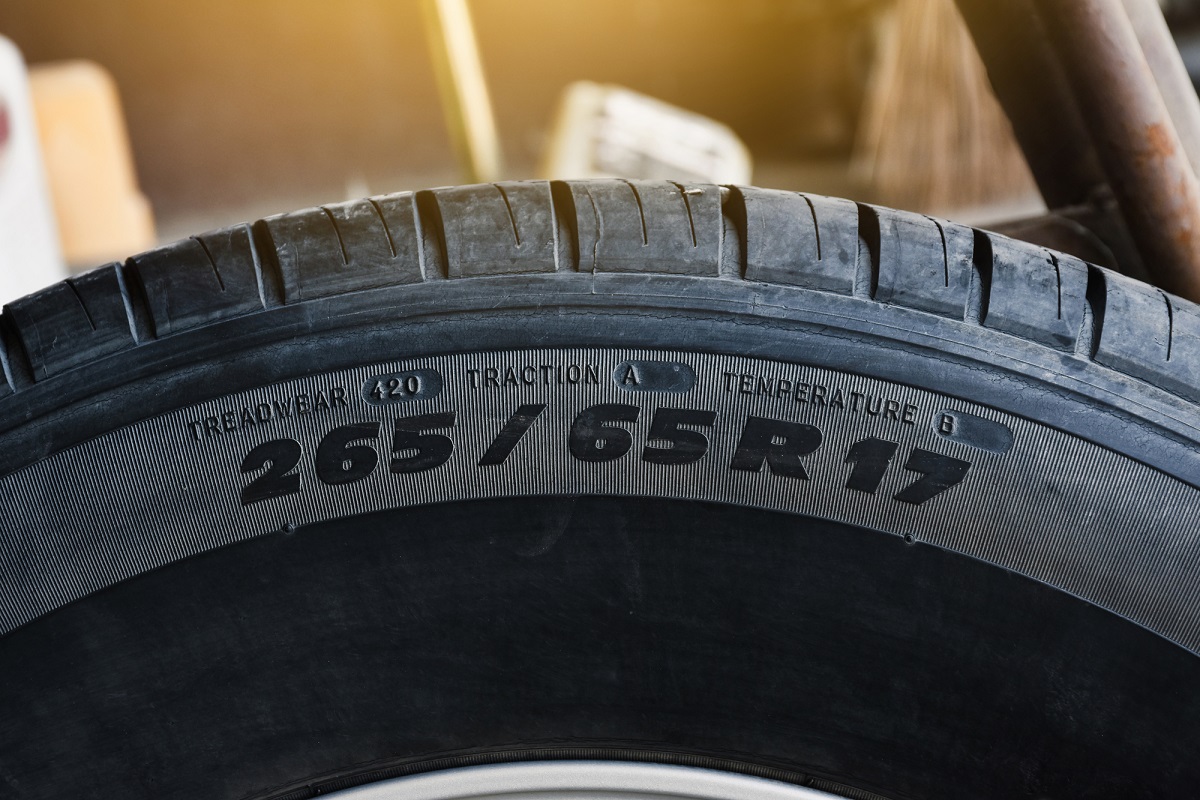
This marking shows how well the tire can dissipate heat at high speeds. A tire with a poor temperature rating is more likely to overheat and degrade quickly during long trips or in warm weather. Over time, using under-rated tires in hot climates can lead to blowouts and mounting repair bills.
Related: Top 12 Car Technologies That Will Be Standard in Every Vehicle by 2030
M+S or 3PMSF Symbols
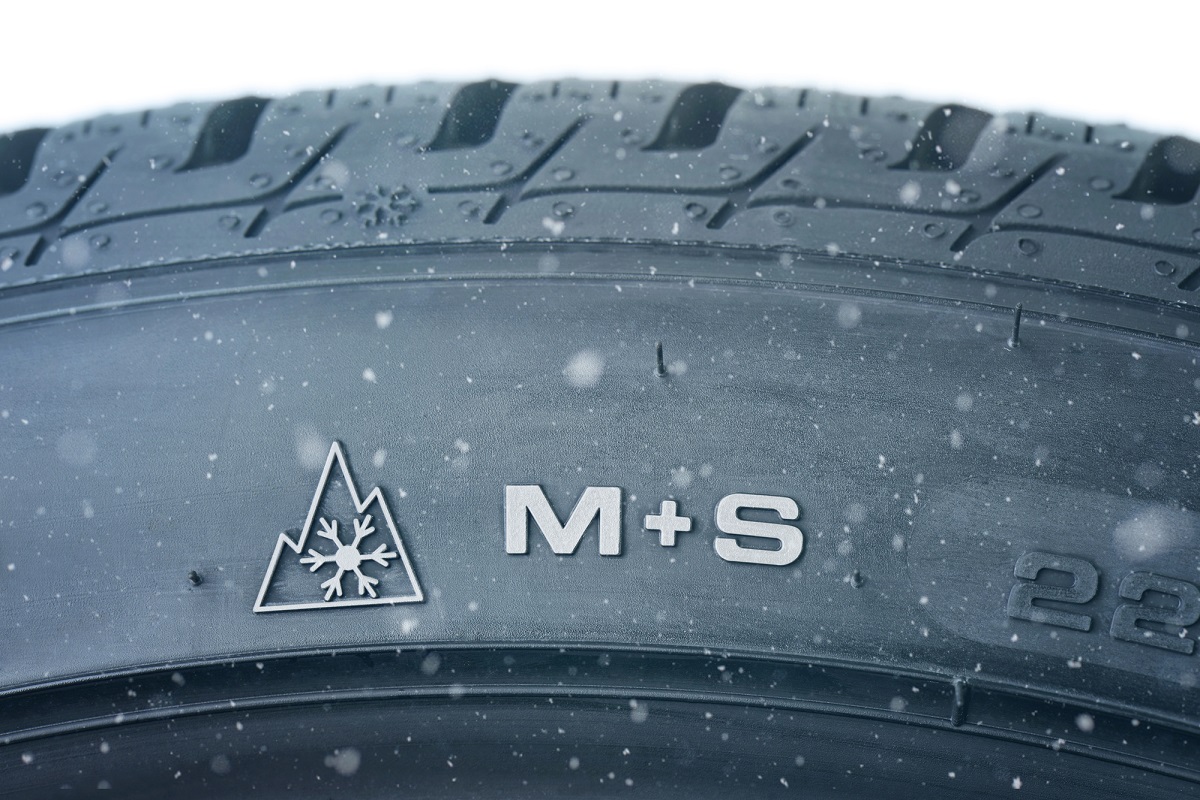
The M+S (mud and snow) and 3PMSF (Three-Peak Mountain Snowflake) symbols show that a tire is winter-capable. Assuming all-season tires will perform equally well in severe winter conditions can be dangerous. Choosing the wrong tire based on symbol confusion can result in poor winter traction and potential roadside emergencies.
Related: 13 Reasons Why Compact SUVs Still a Good Choice for City Living
Tire Size Code
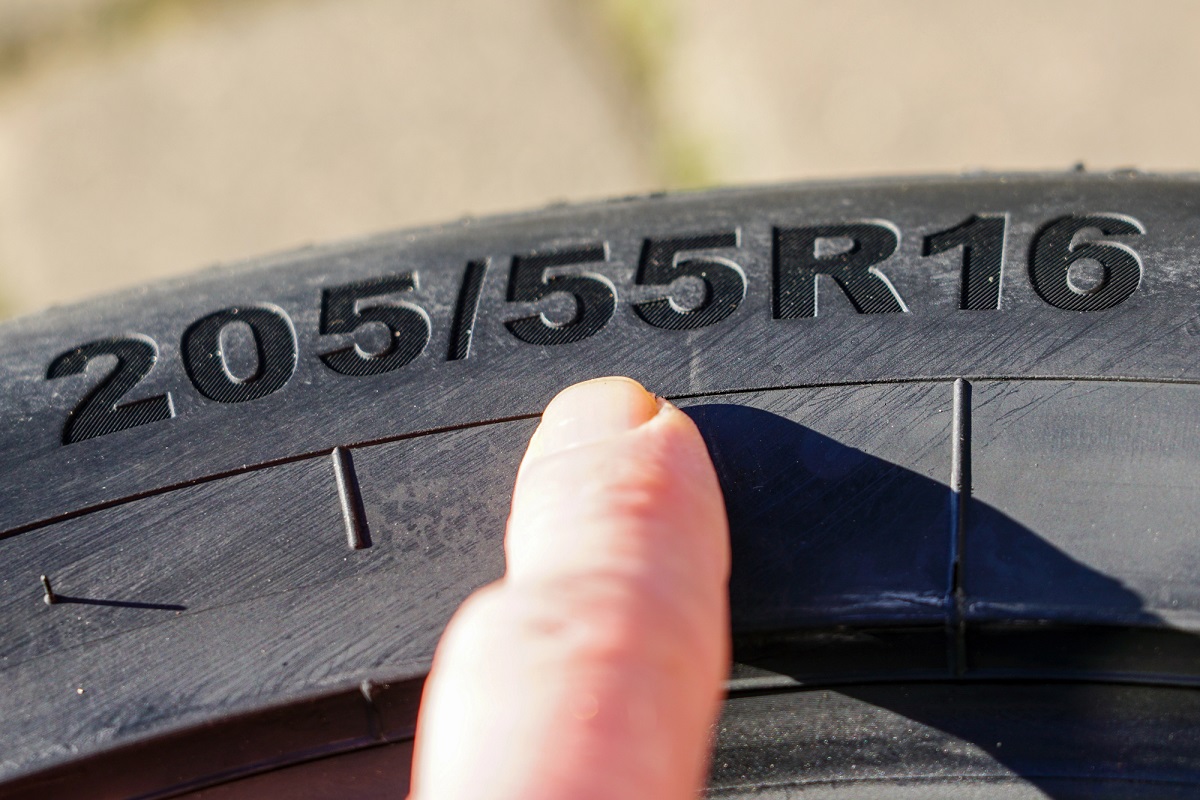
This alphanumeric code defines the tire’s width, aspect ratio, and diameter. Choosing the wrong size can interfere with your car’s speedometer accuracy and cause rubbing against wheel wells. Incorrect sizing can lead to poor alignment and extensive repair work on your vehicle’s suspension.
Related: Buying Your First Car? Read These 15 FAQs Before You Sign
Asymmetrical Tread Markings
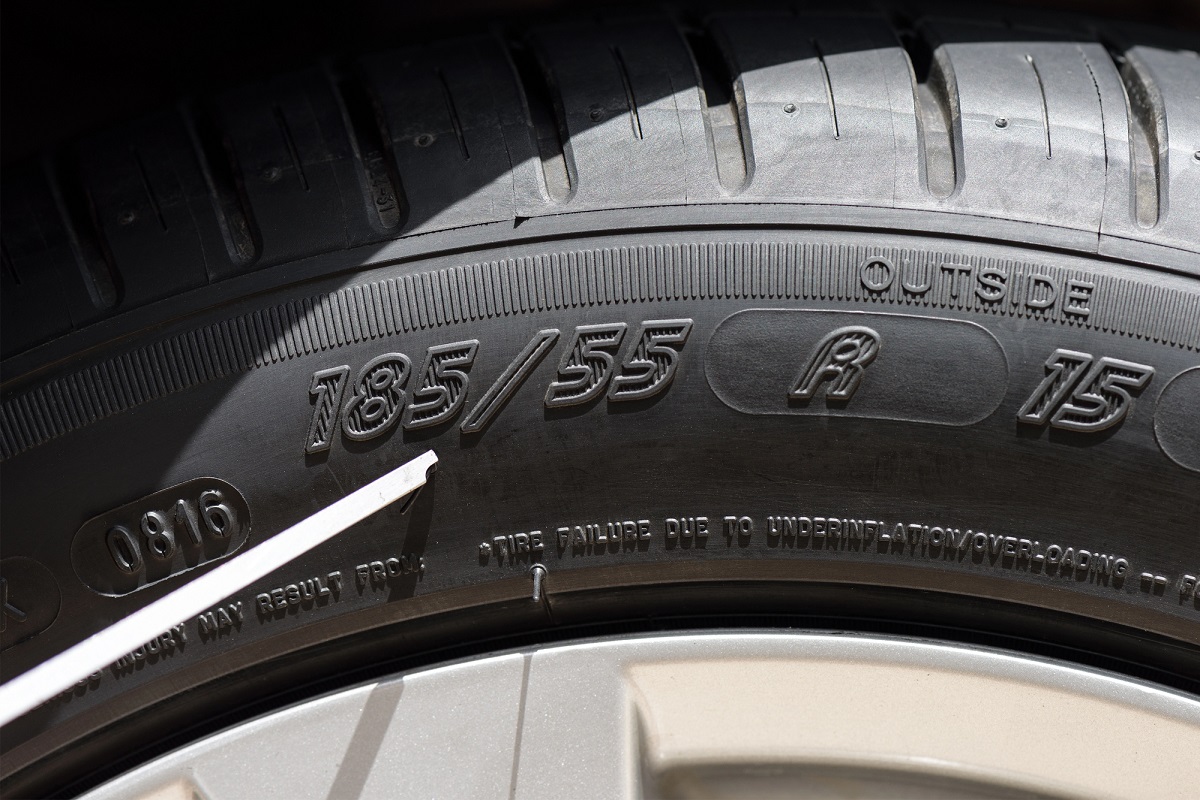
Asymmetrical tires have specific inside and outside edges marked on the sidewall for proper installation. Mounting them incorrectly can compromise performance and reduce tire effectiveness, especially in tight turns. If unnoticed, this error could degrade your handling and require early tire replacement.
Related: New or Used? 15 Crucial Car Buying FAQs Uncovered!
UTQG Rating
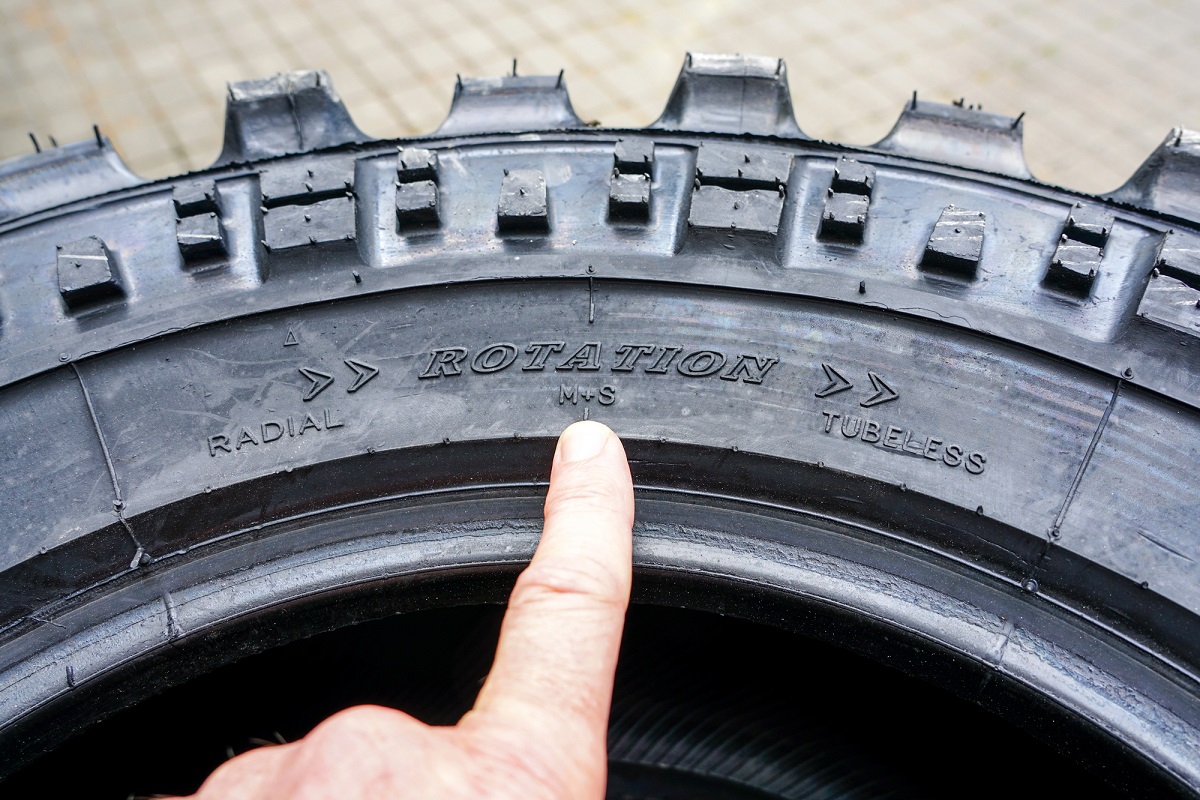
The Uniform Tire Quality Grading rating offers a combined view of treadwear, traction, and temperature capabilities. Misunderstanding these values can lead to mismatched expectations and poor driving performance. Over time, selecting poorly rated tires may lead to frequent issues and unanticipated repair costs.
Related: Is Your Car in Trouble? 15 Warning Signs and Fixes
Recycled or Retread Markings
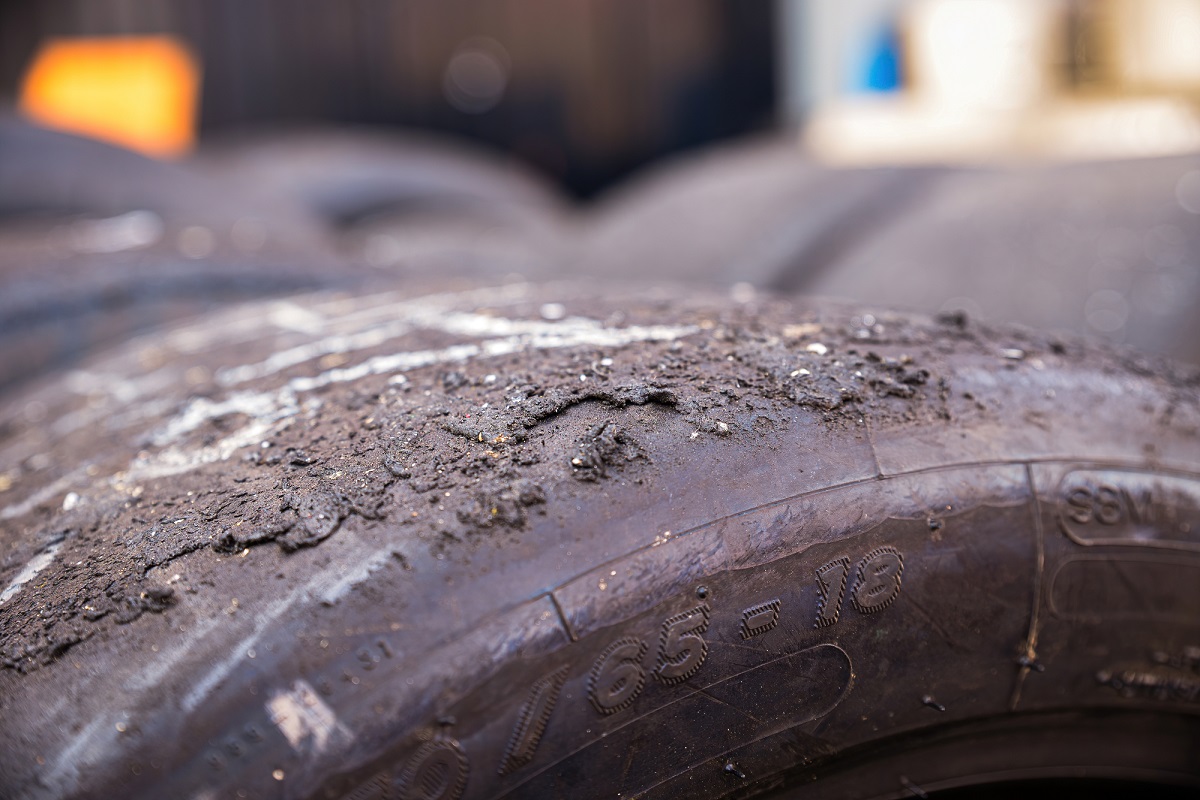
Some tires carry marks indicating they’ve been retreaded or made from recycled components. While cost-effective, these tires might not perform as well under certain driving conditions. Misjudging the limitations of such tires can lead to quicker wear and eventual failure, demanding urgent and costly replacements.
Related: Mechanic-Approved! 12 Expert Answers to Your Car Problems
Tire markings are far more than a jumble of numbers and letters, they are essential guides to performance, safety, and compatibility. Many drivers unknowingly ignore these codes, leading to premature wear, unsafe handling, and avoidable mechanical issues. Misreading or overlooking a single marking can jeopardize your vehicle’s efficiency and overall driving experience. Understanding what each marking represents ensures you’re always driving on tires suited to your vehicle’s needs and road conditions. With proper knowledge, you can avoid surprise breakdowns and extend the life of your tires while protecting your investment.
Disclaimer: This list is solely the author’s opinion based on research and publicly available information.
14 Surprising Reasons Your Next Set Of Tires Might Be 100% Vegan
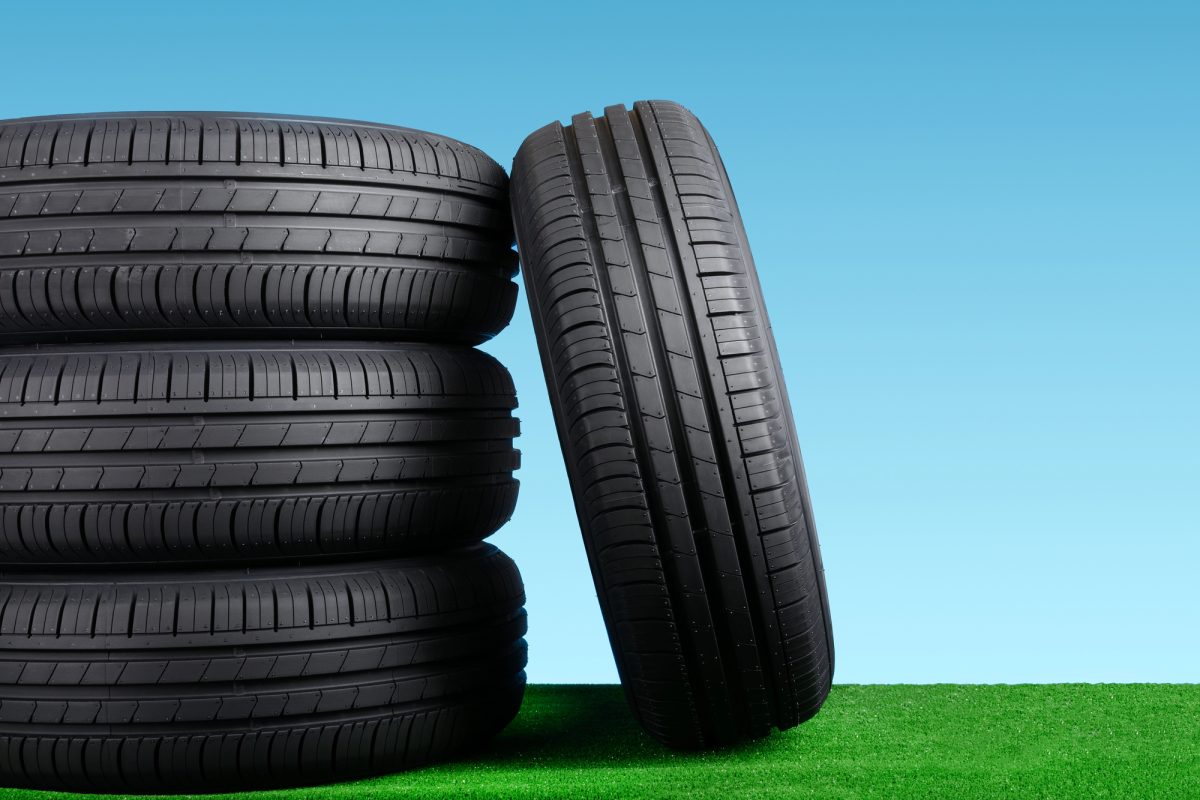
The tire industry is undergoing a major transformation, with manufacturers exploring sustainable, plant-based materials to replace traditional petroleum and animal derived components. Vegan tires are emerging as an innovative solution to environmental concerns, offering durability, performance, and ethical production. As consumer demand for cruelty-free and eco-friendly products rises, leading tire companies are investing in research and development to make fully vegan tires a reality.
Read it here: 14 Surprising Reasons Your Next Set Of Tires Might Be 100% Vegan
11 Costly Mistakes That Are Wearing Out Your Tires Too Fast
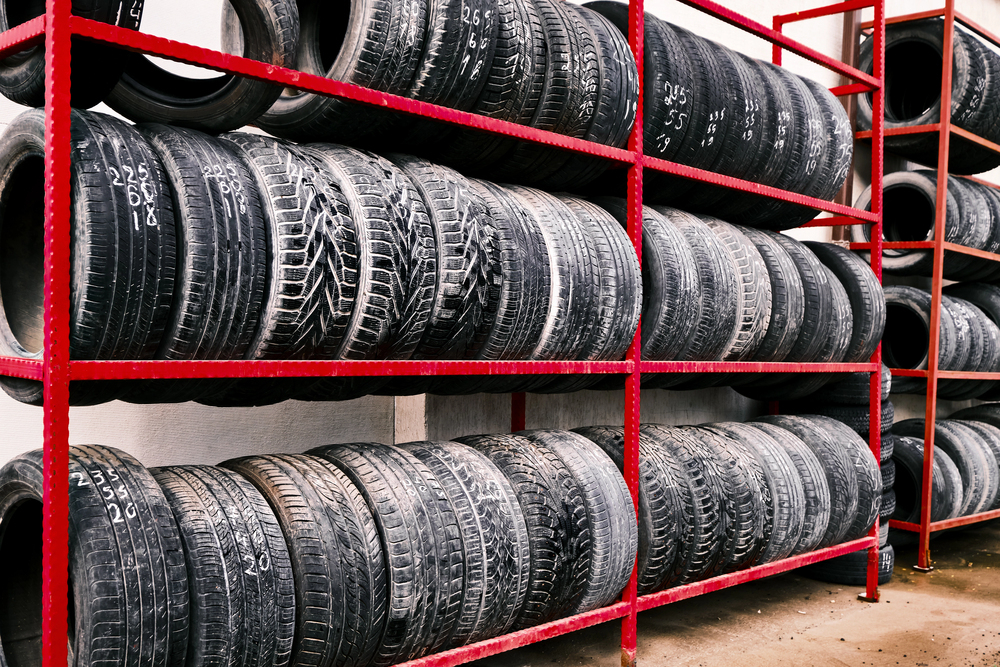
Tires are the unsung heroes of your car, always rolling, always gripping, and rarely getting the appreciation they deserve. But if you’re not careful, you could be shaving miles off their lifespan without even realizing it. From bad habits to simple maintenance mistakes, your tires could be wearing out way faster than they should. If you’re constantly replacing them (or feeling like you’re driving on slicks), it’s time to check if you’re making these costly errors.
Read it here: 11 Costly Mistakes That Are Wearing Out Your Tires Too Fast
13 Tire Brands That Make Driving Safer And Faster Without You Even Realizing It
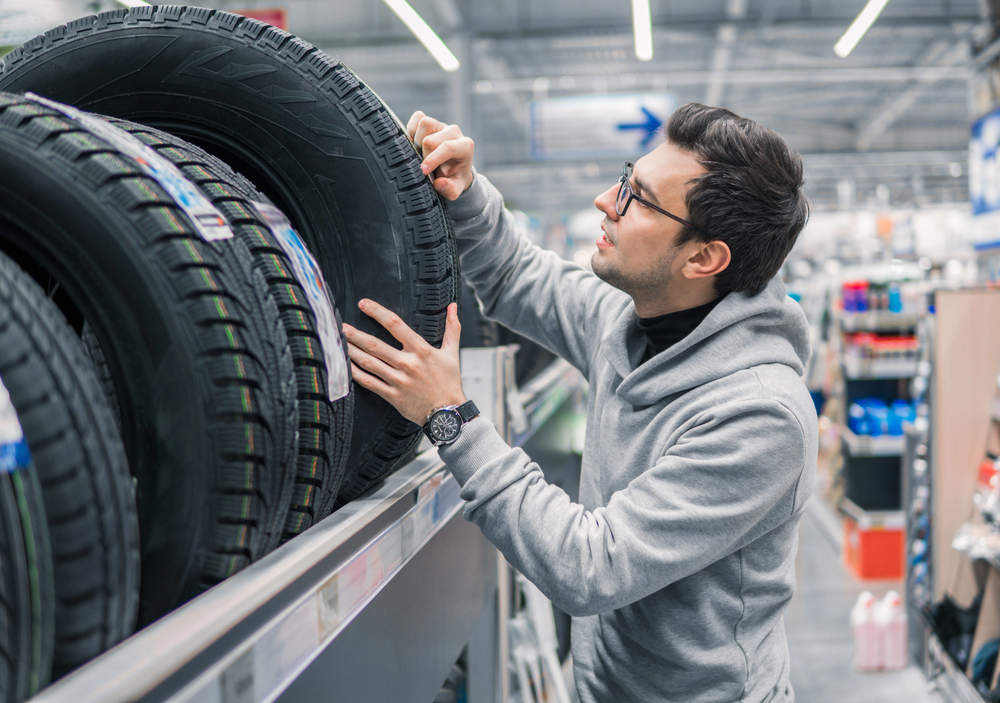
Tires are one of the most crucial components of any vehicle, directly affecting safety, speed, and handling. Many drivers overlook their tires, not realizing how much technology goes into improving grip, durability, and fuel efficiency. The best tire brands invest heavily in research to ensure that their products perform optimally under various road conditions. Here are 13 tire brands that silently enhance your driving experience by making it safer and faster.
Read it here: 13 Tire Brands That Make Driving Safer And Faster Without You Even Realizing It
You’ll love these related posts:
- 12 Cheap Electric Cars That Won’t Leave You Stranded
- 14 Cars That Make More Sense to Buy Pre-Owned
- These 12 Cars Are Appreciating Like Fine Wine – And Why You Should Consider Buying Now
- 15 Nostalgic ’80s & ’90s Cars That Are Making A Comeback
- 15 Cars That Defined Boomer Childhoods and Are Now Ultimate Collectibles


